Description
t has been carried out with four objectives in mind: to provide material that is easy to read and understand, to incorporate essential topics, to adapt the content to the current situation of organizations and to provide stimulating material for the reader. The result we hope has been that of a text that provokes thought, discussion and reflection in the field of work stress management.
The Self-Esteem ebook is aimed at both entrepreneurs and company managers, as well as professionals working in the field of occupational health. And therefore, some of the important features that this ebook includes are the following:
- Use of simple language and terminology. In the writing, an attempt has been made to use language that is easy for professionals to understand, avoiding the presentation of abstract and unspecific examples. The intention has been to write a clear text, which allows for quick reading and easy learning.
- Use of current examples. The content is completed with the presentation of cases of companies and comments from recognized specialists in the field.
- Includes stimulating material. Each chapter includes material that serves for debate and discussion of the aspects presented. Self-assessment instruments are proposed in order to detect the degree of understanding and cases are described that allow an analysis of real situations.
Defining Stress
Stress is an individual physiological defense mechanism that our body develops in strange situations, in order to adapt to a change, whether positive or negative.
If we dig a little deeper, there are 3 ways to define stress according to the point of view:
- From the point of view of stimulus, stress is the force that acts on us and causes us a tension response.
- Depending on the response, stress is the physiological or psychological response that our body presents to an environmental stimulus.
- Finally, from the stimulus-response point of view, stress is the consequence of the interaction between environmental stimuli and our individual response as people.
How stress occurs
When our body reacts to a stressful stimulus, it does so through 3 phases:
- Phase 1 – Alarm: Our body releases the stress hormones typical of the fight-or-flight phase.
- Phase 2 – Resistance: the release of hormones affects our immune system.
- Phase 3 – Burnout: When the stressful stimulus persists, our overall health suffers.
In the presence of a stimulus, our body reacts with a non-specific response. This response is different depending on each person, even if it is the same stimulus, and is related to the person’s own environment.
Consequently, the physical or psychological impact of the stressful stimulus will be different in each individual. From an evolutionary perspective, stress is the most sophisticated defense mechanism that our body has, because it prepares the body to face a situation with potential dangers. Our ancestors were constantly in many dangers, and in such a situation, the person reacted immediately, whether it was attacking/fighting or fleeing.
We can say that nowadays human beings are in a constant struggle to survive and adapt to the environment in which we live. The ability of human beings to survive depends on showing that fight or flight response, which has been left to us as an inheritance from our primitive societies. The Self-Esteem, Stress and Work Ebook will shed light on these topics.
“Stress is the wear and tear of the body and soul, whenever it causes damage to our physical and mental health.”
Simon L. Dolan

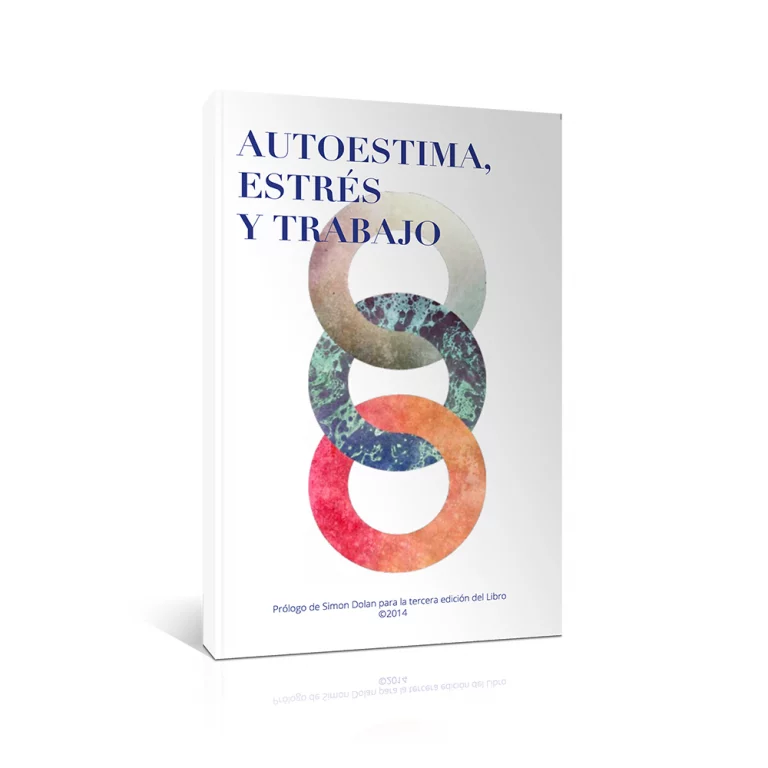

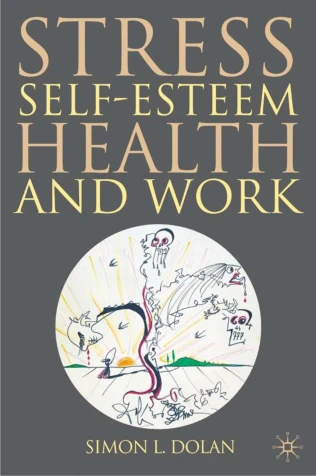
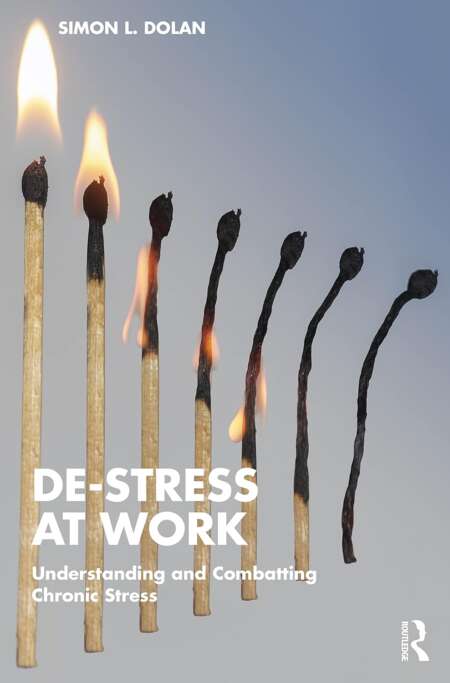
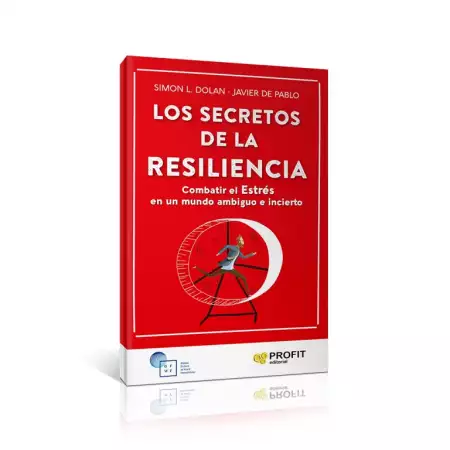
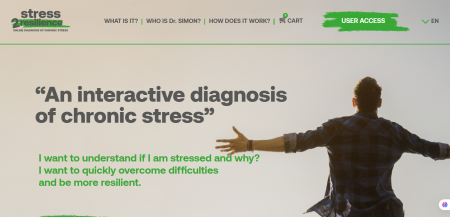

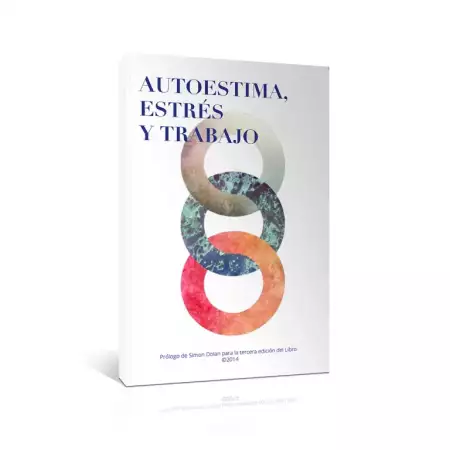
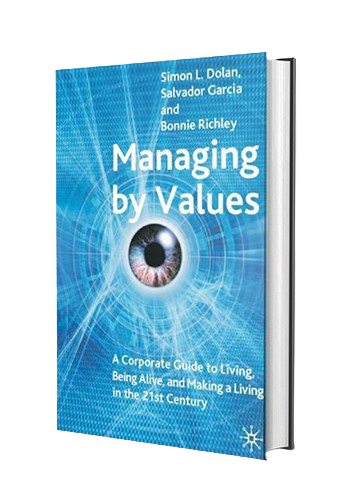

Reviews
There are no reviews yet.